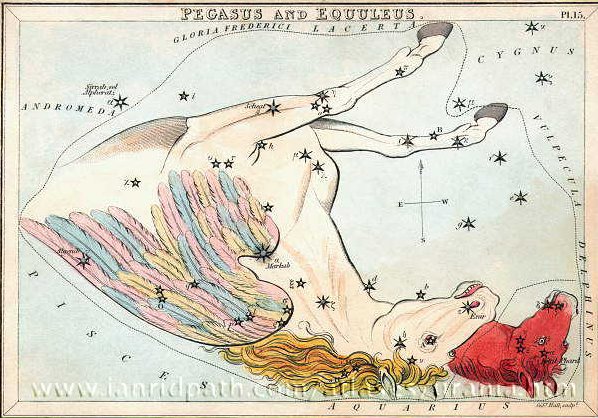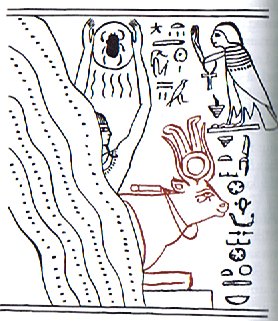From the pair Woo and Baham - which around 1720 A.D. would have risen heliacally in the day before 22h - there is a 5-day gap to Homan (ζ), located at the end of the extraordinary long manzil Saad Al Thabib:
"Homam seems to have been first given to this in the Palermo Catalogue, from Sa'd ¹ al Humām, the Lucky Star of the Hero, in which Ulug Beg included ξ; other lists have Homan. ¹ This Arabic Sa'd is our 'Good Luck' and a component word of many titles in the Desert sky, all of which seem to have been applied to stars rising in the morning twilight at the commencement of the pleasant season of spring. Al Sa'dain, the dual form, was the title for Jupiter and Venus, the Two Fortunate Planets; Al Nahsan, the Unlucky, referring to Mars and Saturn. But Hyde said that the original was Al Hammām, the Whisperer. Al Tizini mentioned it as Sa'd al Na'amah, the Lucky Star of the Ostriches; and Al Achsasi, as Nā'ir Sa'd al Bahāim, the Bright Fortunate One of the Two Beasts, which Al Sufi had said were θ and ν. Thus ξ was one of the general group Al Su'ūd al Nujūm, the Fortunate Stars. The Chinese called it Luy Tien, Thunder." (Allen)
The pair ζ (Homan) and ξ are together at the neck of the Winged Horse, which is emerging from the 'Water' like the Hathor Cow in ancient Egypt, however drawn upside down and more clearly together with a comrade (Equuleus, the Foal).
Around 1720 A.D. not only the heliacal dates but also the culminations would have been 2 days earlier (compared to stars in rongorongo times). The triplet Castor, Procyon, and Pollux would have had their culmination center not in Bissextum (day 420) but in February 22 (2-22), and Azmidiske (ξ Puppis) would have culminated in Bissextum. | |||||||||||||||||||||||||||||||||||||||||||||||||||||||||||||||||||||||||||||||||||||||||||||||||||||||||||||||||||||||||||||||||





